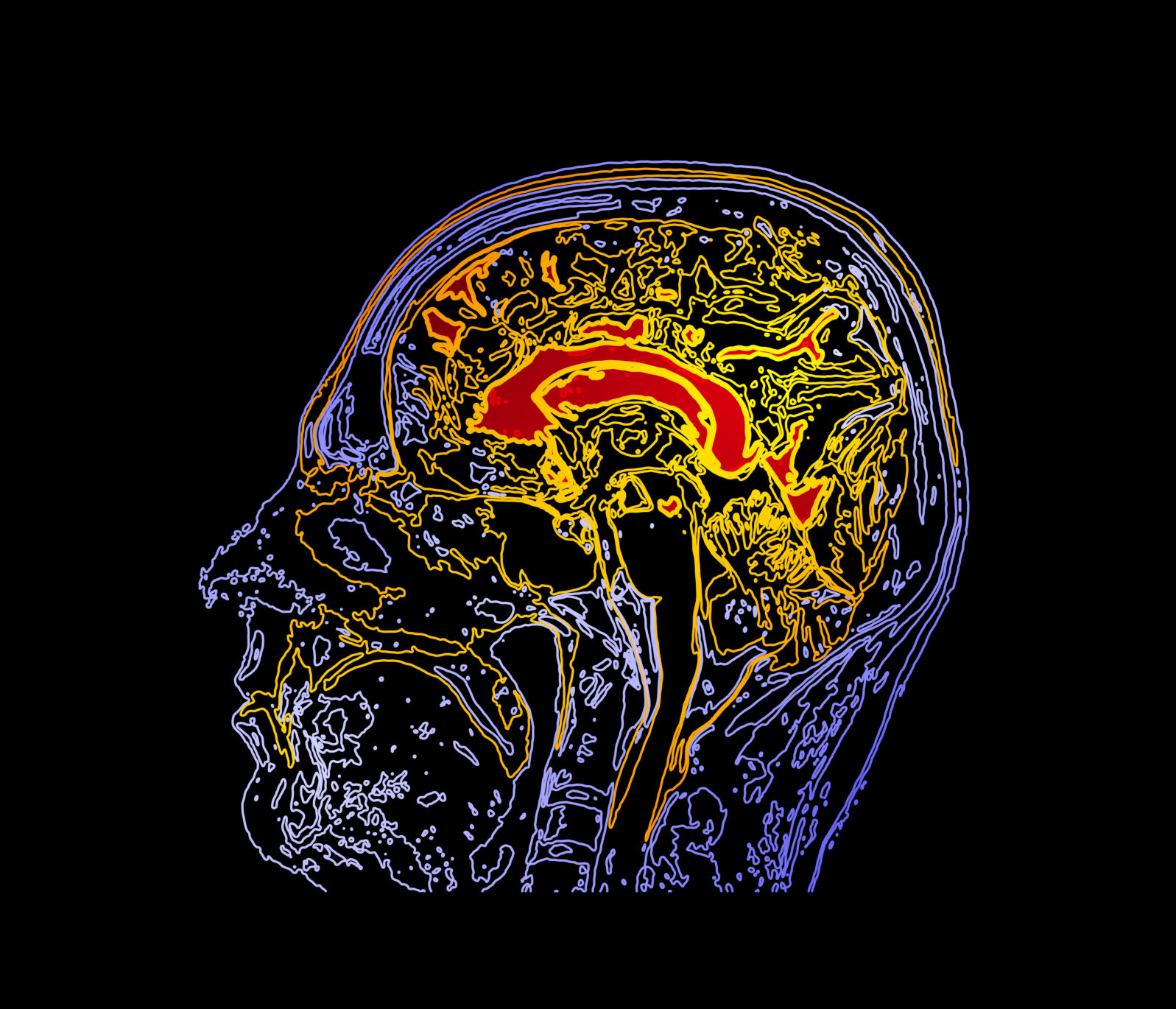Detailed Brain Mapping Outlines What We Can — and Can’t — Know
Your brain, fully mapped, would take up a good part of the internet. And then it would just change againRecently, a cubic millimetre (one millionth) of the human brain was imaged in sections via an electron microscope and found to contain 1.4 petabytes of data of nerve cells, blood cells, etc. A petabyte would be like taking over 4,000 digital photos per day through your entire life, as Monique Brouilette reports.
But that wasn’t the big surprise: Cells were seen that were never seen in other animals, for example,
“It is like discovering a new continent,” said Jeff Lichtman of Harvard, the senior author of the paper that presented these results. He described a menagerie of puzzling features that his team had already spotted in the human tissue, including new types of cells never seen in other animals, such as neurons with axons that curl up and spiral atop each other and neurons with two axons instead of one. These findings just scratched the surface: To search the sample completely, he said, would be a task akin to driving every road in North America.
Monique Brouillette, “New Brain Maps Can Predict Behaviors” at Quanta Magazine (December 6, 2021)
As she notes, a complete wiring diagram of a given human brain is not a likely project because any such brain contains a zettabyte of data (equivalent to 250 billion full DVDs). Your own brain, mapped, would take up a good deal of the internet. Mapping is getting faster but it is not cutting the human brain down to size.
Brouillette notes two other finds that are worth thinking about:
➤ Brains change a lot over a lifetime. Take the roundworm C. elegans whose comparatively simple brain has been fully mapped. Of eight genetically identical individual roundworms studied at Mount Sinai Hospital in Toronto,
The most interesting finding of the study, according to first author Daniel Witvliet, was that even though the worms were genetically identical, as much as 40% of the connections between nerve cells in their brains differed. Moreover, the connections that varied between individuals were weaker than those that were similar. Stronger connections that contained 100 synapses or more were consistent across multiple organisms.
Monique Brouillette, “New Brain Maps Can Predict Behaviors” at Quanta Magazine (December 6, 2021)
No definitive map of life forms’ neurology is likely to be possible because the neurology can change even as the life form does nothing more than continue to live.
➤ Brain mapping (connectomics) doesn’t tell us as much as we might like:
Despite having had a map of the brain of C. elegans for decades, scientists still struggle to draw meaningful conclusions about its neural functions. To Lichtman, parsing the seemingly limitless interconnectivity of more complex brains is a challenge that tests the limits of human and artificial intelligence.
Moniquer Brouillette, “New Brain Maps Can Predict Behaviors” at Quanta Magazine (December 6, 2021)
Perhaps it is in the nature of living things, even comparatively simple ones, to not be entirely comprehensible by single measurements.
You may also wish to read: If computers thought like fruit flies, they could do more.
